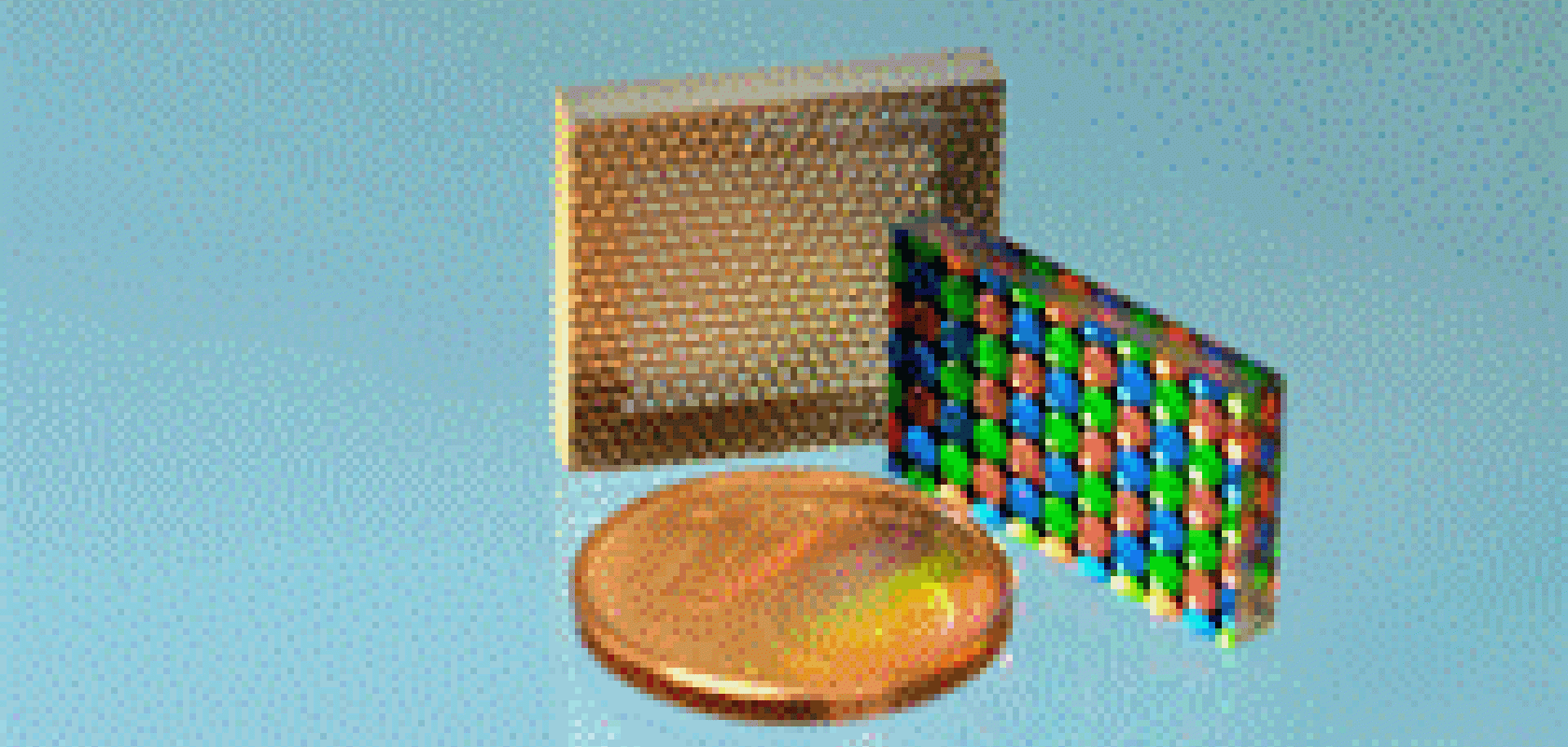Researchers from the Fraunhofer Institute for Applied Optics and Precision Engineering IOF in Jena, Germany, have devised a way of projecting images on curved screens – overcoming issues of sharpness and brightness of the image. Additionally, the new approach allows about 10,000-times faster projection rates than conventional projectors.
The researchers will be presenting the technology from 4 to 6 November at Vision 2014 in Stuttgart, Germany.
Currently, to get the desired sharpness the aperture of the projector must be closed down, however the brightness of the image is reduced. The Fraunhofer researchers brought the aperture down to 0.8mm, but used an array of micro-projector elements – a self-contained micro-slide projector with micro-illumination and micro-projection lenses – as a source which increases the brightness of the image.
While the projector can be up to 10 x 10cm in size and 1cm thick, it is made of smaller elements which measure 1 x 1cm. Each of these elements holds a single LED and more than 100 micro-projectors.
Each array is overlaid with a lens array which can work with different screen geometries and projection distances. Furthermore, with the projector technology, if the geometry of the surface or if the projection distance changes, it is no longer necessary to reconfigure the entire optical system as before, but only the slide array. The optical array itself remains unchanged.
While high-speed cameras can take up to 10,000 images per second, conventional projectors are slow - they can only reproduce about 100 images per second. A rate of 100 images per second is often insufficient, for example when projecting stripes used for measuring moving surfaces. 'Our array can project a million images per second,' IOF scientist Dr Peter Schreiber said, which is about 10,000 times faster than conventional projectors.
The array can also project dynamic images; instead of using a slide array, the researchers built in a micro-imager behind the individual lens.
Related stories:
Vision Award shortlist announced
Reactive headlight is set to improve road safety
Vision 2014 to showcase transport and automation technologies
Further information:


